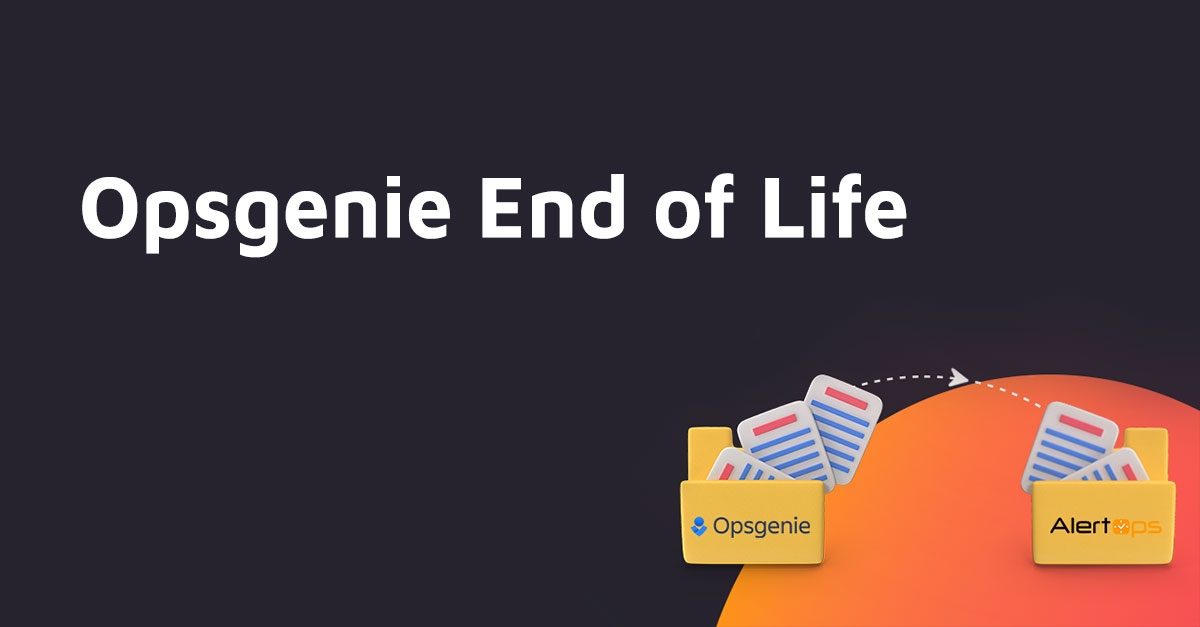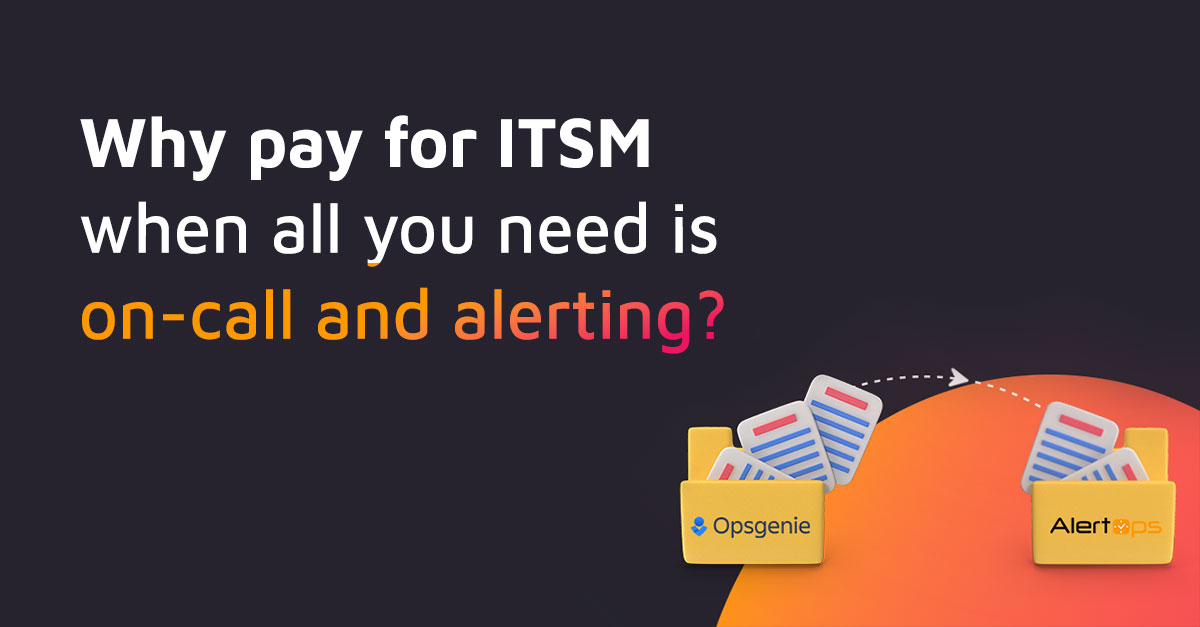AlertOps Pagerduty comparison – alerting flexibility
AlertOps offers more flexibility than our competitors when it comes to alerting capabilities – and that can mean more power for our users.
Does your incident management team have the ability to send the right messages, to the right team members, every time? If not, team members may be forced to deal with alert overload due to the sheer volume of notifications that they receive over time.
In many instances, an entire incident management team receives notifications. These alerts will be sent to all team members until an incident is fully resolved – despite only certain team members being required to address the incident.
Comparatively, AlertOps offers manual paging to help incident management teams speed up incident response and resolution. This feature enables incident management teams to:
- Connect with Team Members Across a Conference Bridge: Ensures you can send a voice message or email to get team members to join a call.
- Send Page-Outs to Large Groups Simultaneously: Allows you to instantly send alerts or multi-modal pages to large groups or multiple teams at the same time.
- Send Manual Pages from a Desktop Service App: Enables you to assign group and bridge numbers from your service desk and provides in-depth status updates to your service desk in real-time.
- Reach Out to Specific Teams and/or Team Members in a Few Clicks: Provides pre-built templates to page out for a major incident and allows topics to be assigned to teams and/or team members.
- Increase Accountability Among Team Members: Keeps a record of every team member who is alerted, along with alert method, escalations and acknowledgements.
PagerDuty does not provide manual paging; conversely, it only allows incident management teams to blast out alerts to all team members. This increases the risk of alert overload and alert fatigue among incident management teams.
Alert fatigue and alert overload are directly related. If all incident management team members are bombarded with constant notifications, alert fatigue may occur. And when alert fatigue happens, incident management teams may struggle to get the best possible results.
Alert fatigue generally causes incident management teams to become desensitized to notifications. It may lead some incident management team members to ignore certain alerts. Worst of all, incident management team members may start to ignore all notifications.
If only there was a way to guarantee that incident management team members received timely, relevant alerts at all times…
Now, AlertOps provides role-based security and allows you to assign users to the following security roles of App Admin, Default, Group Manager, and Send Message.
Role-based security empowers you to delegate group management. It ensures a central support team is not responsible for managing all groups, along with group members and their schedules. Instead, team member roles and message rules can be customized to meet the needs of any incident management team, at any time.
Key features of AlertOps role-based security include:
- Teams Within Teams: Teams (groups) can contain other groups, users or a combination of both. Also, you can escalate alerts across groups just as you would escalate notifications between users.
- On-Call Member Roles: On-call schedules allow you to configure users in either primary or secondary roles.
- Message Rules: With message rules, you can define how to deliver messages based on member roles; you can even configure the primary role member to receive notifications on any or all channels (voice, text, email, etc.) and the secondary or manager roles to receive emails only. Plus, message rules can be configured to send messages to any of a team’s contacts.
- Multiple and Overlapping Schedules: Multiple schedules can be created for any team, and you can overlap schedules as well. Additionally, schedules can be created for a specific period or can be open-ended.
- Team/Group Contacts: Multiple types of contacts available, and you can set up teams to have their own contact details for email, phone, text and Slack.
- Topic-Based Routing: You can define topics and assign topics to groups. Furthermore, any group can have multiple topics assigned to it, and any topic can be assigned to multiple groups. Topics can even be mapped into incoming integrations, which enables you to route incidents to a team based on a topic.
Clearly, role-based security can be a difference-maker for an incident management team. Thanks to AlertOps, you can use this capability to simplify and enhance your incident management.
Not yet convinced? Well, in Part 4 we discuss the difference in how AlertOps approaches Analytics.



